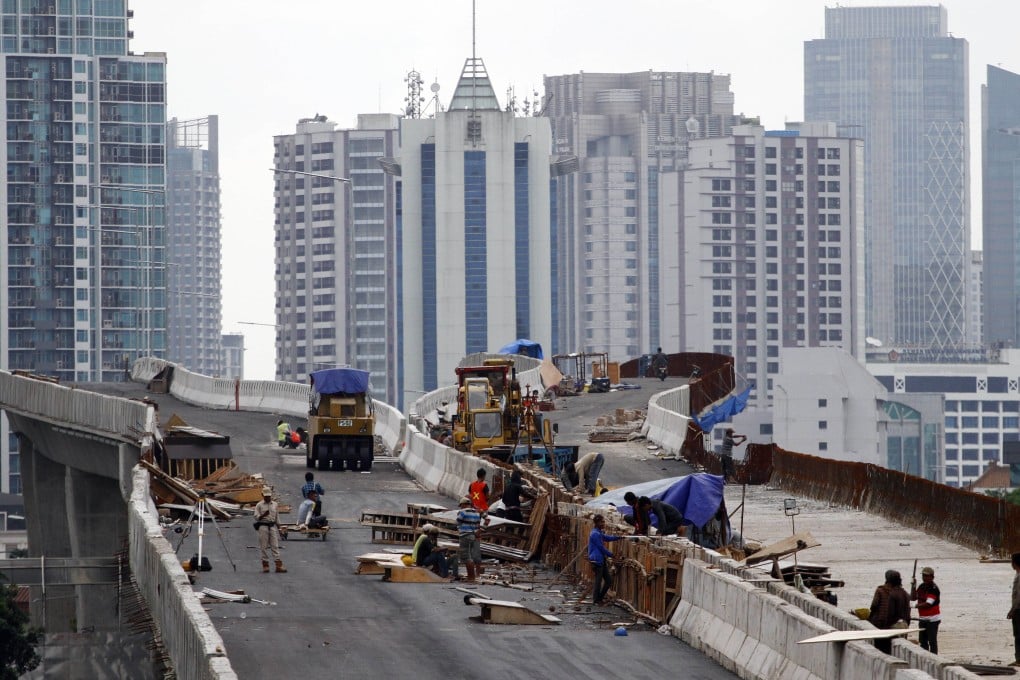In Asia, politics stands in the way of economic integration
Simon Tay and Gina Guo say territorial disputes deter closer ties between Asean, China and Japan

Asians are now awake to the fear of armed conflict. A recent survey of 11 Asian countries by the Pew Research Centre found that more than half of those polled expressed concerns that tensions over rocks and islets claimed by China could spill over. In countries with conflicting claims against China - Japan, the Philippines and Vietnam - 80 or even 90 per cent share such fears.
Steps must be taken to de-escalate tensions or else the stability and growth of the region will be affected. The high-level strategic discussion between the US and China, hosted in Beijing, was one notable effort. Another recent and positive step was taken by China, to move the oil rig that it had earlier controversially placed in disputed seas.
Other measures could come from emphasising the economic interdependence between the Association of Southeast Asian Nations, Japan and China. One key area would be in the creation of an Asean Economic Community by 2015. It is estimated that about 80 per cent of the planned steps have been achieved as of last August, but the remaining tasks are probably the most difficult to accomplish.
Economic integration is neither going to be complete nor on time. Privately, Asean officials are now talking about 2015 being a milestone, and not a deadline, and have begun to identify an agenda beyond that date. What is even clearer is that integration efforts depend not only on the 10 member states and the relatively small Asean secretariat, but also on China and Japan.
The two largest Asian economies are stepping up their efforts to economically engage the grouping. This can be helpful. But given the tensions - between China and Japan, and also between China and some Asean member states - it can also be tricky.
There is a clear need for infrastructure to link Asean members. Its own infrastructure fund has targeted a relatively modest US$13 billion, with initial capital of US$485.2 million. China has shown considerably more ambition with a pledge of US$100 billion to kick-start an infrastructure investment bank to finance projects in Asia.
One pending infrastructure project that can benefit is a railway link, stretching from Kunming in southwestern China down to Singapore. Currently, some 90 per cent of the necessary rail connections remain unfinished and there is a need to speed up work.